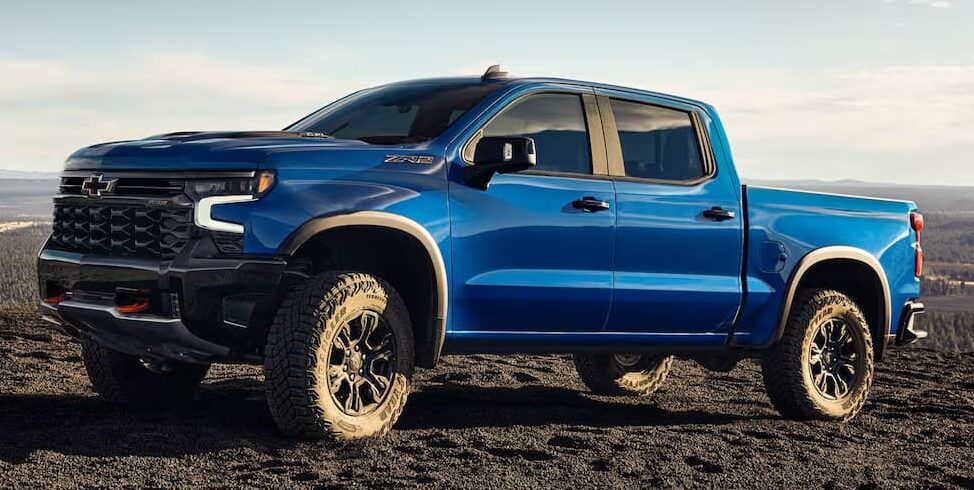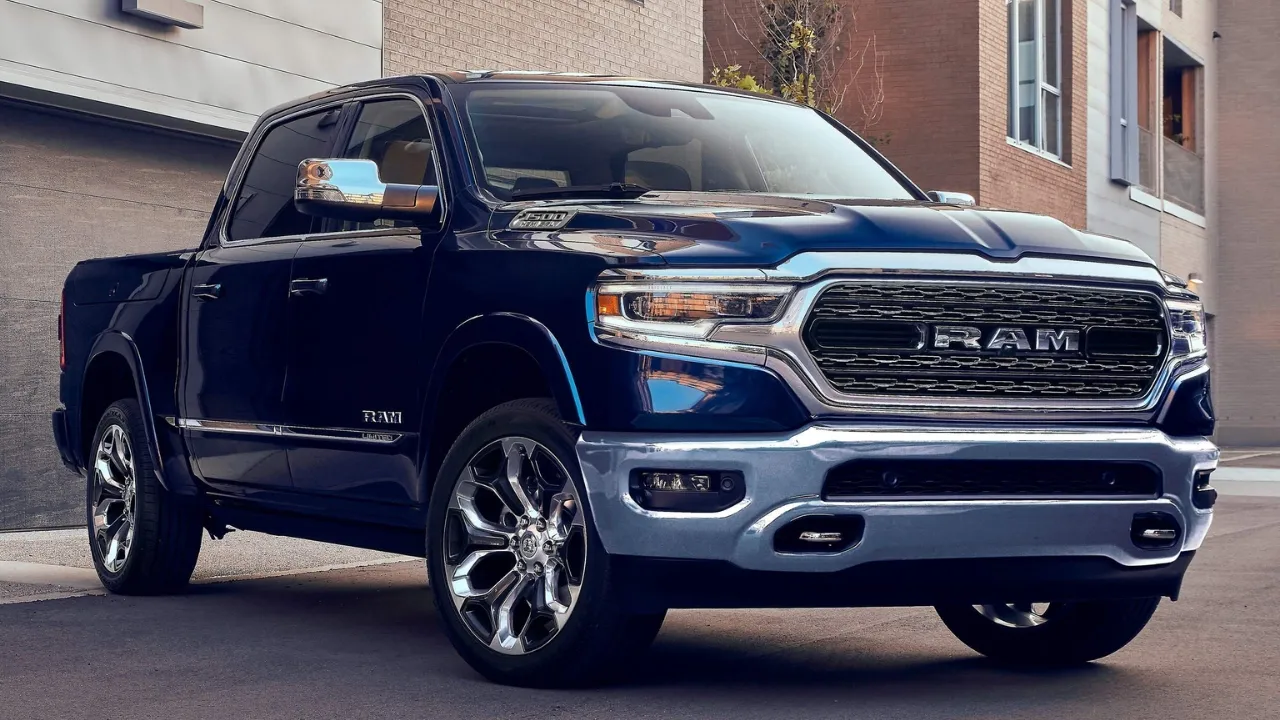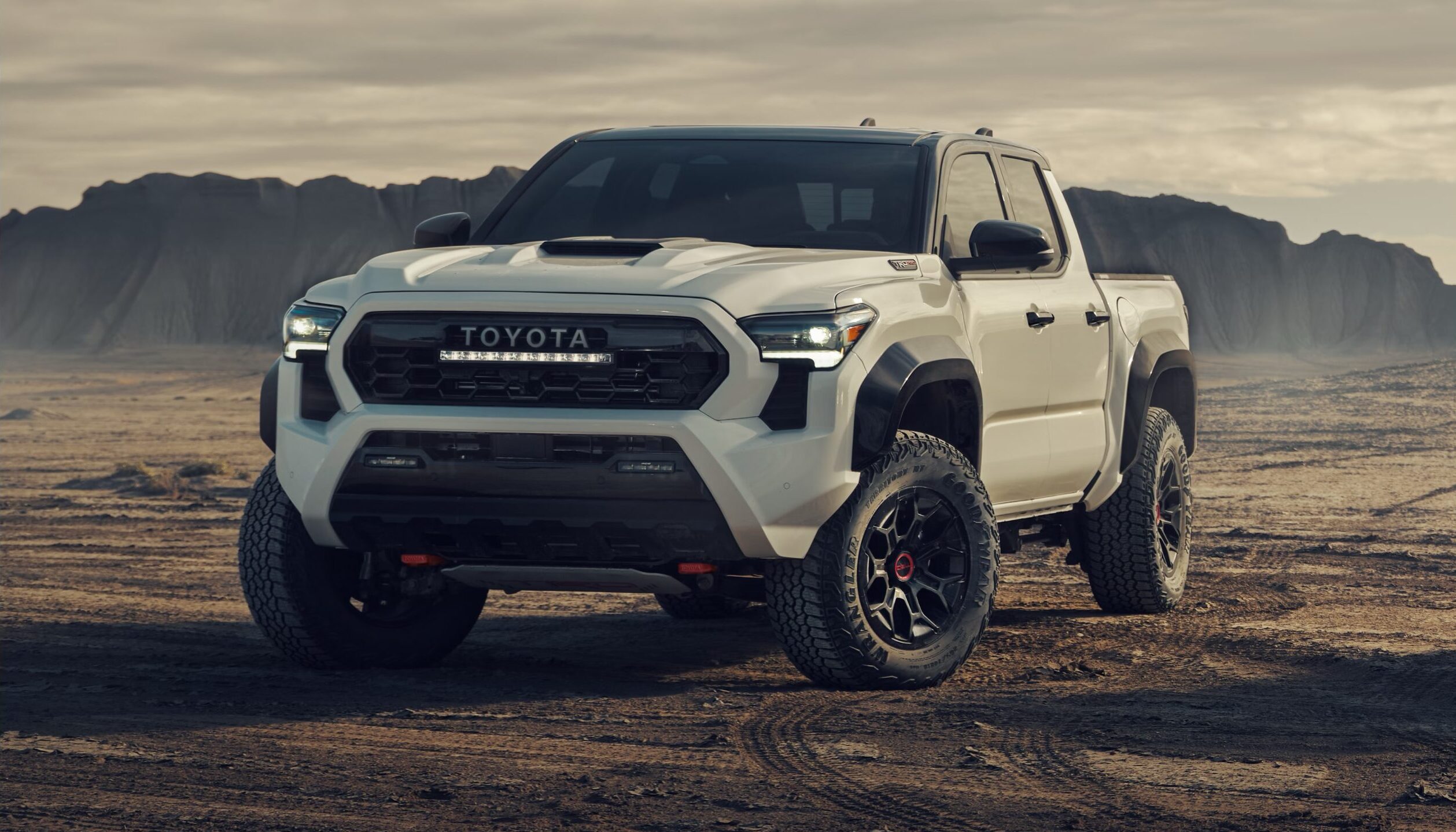Everything first-time towers need to know: a comprehensive guide to safe, efficient, and stress-free towing.
Towing might seem intimidating for first-timers, but with the right knowledge and preparation, it can be a straightforward and stress-free experience.
Whether you’re planning to haul a trailer, a boat, or even a camper, knowing how to do it safely and efficiently is crucial. This guide will walk you through everything you need to know to tow like a pro.
Understanding Your Vehicle’s Towing Capacity
Before you hitch anything to your vehicle, you need to know its towing capacity. This is the maximum weight your vehicle can safely pull, including the weight of the trailer and its contents.
Where to Find Towing Capacity:
-
Your vehicle’s owner’s manual.
-
The manufacturer’s website.
-
The door sticker on the driver’s side frame.
Common Towing Capacities:
-
Mid-size SUVs: Generally between 3,500 – 5,000 lbs.
-
Full-size SUVs: Ranges from 6,000 – 8,000 lbs.
-
Pickup Trucks: Can range from 7,500 – 13,000 lbs or more, depending on engine size and drivetrain.
Exceeding your vehicle’s towing capacity can cause significant damage to the transmission, brakes, and other critical components, so always double-check the weight before setting off.
Types of Towing Equipment
Choosing the right towing equipment is essential for safe hauling. Here’s a breakdown of the basics:
1. Hitch Receiver
A metal structure mounted to your vehicle’s frame. It comes in various classes depending on your vehicle’s towing capacity.
-
Class I: Up to 2,000 lbs (compact cars, small SUVs).
-
Class II: Up to 3,500 lbs (mid-size SUVs, crossovers).
-
Class III & IV: Up to 10,000 lbs (pickup trucks, full-size SUVs).
-
Class V: Up to 20,000 lbs or more (heavy-duty trucks).
2. Ball Mount and Hitch Ball
The ball mount slides into the hitch receiver, while the hitch ball is the point where the trailer attaches to your vehicle. Sizes include:
-
1-7/8 inches: Light-duty towing.
-
2 inches: Most common size for medium-duty towing.
-
2-5/16 inches: Heavy-duty towing.
3. Safety Chains
An essential backup connection to prevent the trailer from detaching entirely if the hitch fails. Always cross them in an “X” shape under the hitch.
4. Brake Controllers
Required for trailers weighing over 3,000 lbs. These devices regulate the trailer’s brakes and improve overall stopping power.
5. Trailer Wiring Harness
Ensures your trailer’s lights and turn signals synchronize with your vehicle, keeping you legal and safe on the road.
Preparing Your Vehicle for Towing
Before you hit the road, make sure your vehicle is ready for the job. Here’s a checklist:
-
Inspect Your Hitch: Ensure it’s securely fastened to the frame and free of rust or damage.
-
Check Tire Pressure: Both your vehicle’s and trailer’s tires should be properly inflated.
-
Verify Trailer Lights: Confirm all signals, brake lights, and tail lights are working correctly.
-
Load Distribution: Keep your cargo balanced, with approximately 60% of the weight in the front half of the trailer.
-
Adjust Mirrors: If your trailer is wider than your vehicle, consider using extended side mirrors for better visibility.
Driving Tips for Safe Towing
Towing requires a different approach to driving. Here’s how to make the process smoother and safer:
1. Take It Slow
Accelerating, braking, and turning should be done gradually. Sudden movements can destabilize the trailer and cause swaying.
2. Allow Extra Stopping Distance
Trailers add considerable weight to your vehicle, meaning your braking distance increases. Keep a safe following distance and avoid tailgating.
3. Avoid Oversteering
When backing up, the trailer moves in the opposite direction of your steering input. Small, measured adjustments are key to precise maneuvering.
4. Use Your Trailer Brake Controller
If your setup includes a brake controller, adjust the settings to ensure smooth braking. Test it before you start your trip.
5. Watch Your Speed
Driving at high speeds can cause trailer sway. The recommended towing speed is typically around 55 mph, even if local speed limits are higher.
Essential Towing Safety Tips
Safety should always be your priority. Keep these tips in mind:
-
Regularly inspect your equipment: Especially the hitch, safety chains, and tire pressure.
-
Use weight distribution hitches: For heavier loads, this helps maintain control and balance.
-
Stay within weight limits: Never exceed your vehicle’s towing capacity.
-
Practice parking and reversing: Especially if you’re new to towing.
-
Have a backup plan: Always carry a towing emergency kit with spare parts, tools, and reflective warning devices.
Common Mistakes to Avoid
Many beginners make errors that can easily be avoided. Here’s what not to do:
-
Skipping the pre-trip inspection: Always double-check your connections and lights before driving.
-
Overloading your vehicle: Never underestimate the weight of your cargo.
-
Improper load distribution: Uneven weight can cause swaying and loss of control.
-
Ignoring local towing laws: Different states have various regulations regarding towing speeds, trailer brakes, and equipment requirements.
Choosing the Right Vehicle for Towing
If you’re looking for a reliable vehicle for towing, here are some top recommendations:
-
Ford F-150: Towing capacity up to 14,000 lbs. Price range: $34,000 – $80,000.

-
Chevrolet Silverado 1500: Towing capacity up to 13,300 lbs. Price range: $36,000 – $70,000.

-
Ram 1500: Towing capacity up to 12,750 lbs. Price range: $35,000 – $75,000.

-
Toyota Tacoma (Midsize): Towing capacity up to 6,800 lbs. Price range: $29,000 – $48,000.

Ready to Tow Like a Pro?
Learning to tow safely and effectively takes practice, but with the right preparation and equipment, you’ll be on your way to mastering the skill.
Whether you’re planning a camping trip, moving heavy loads, or just looking to expand your vehicle’s versatility, these tips will help you get there without the hassle.


